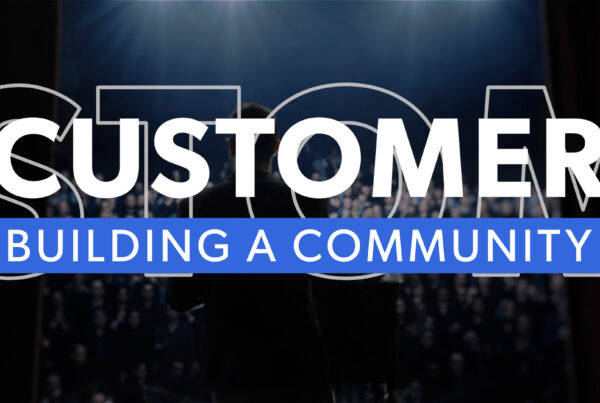Sales and Marketing Tension
Unfortunately, one of the things that constrains growth in software companies is the relationship between sales and marketing. While these two groups ought to be joined at the hip, working collaboratively together to hit the sales targets, they’re often at odds with each other and pointing fingers at one another. One of the root causes of this is that the marketing team and sales teams don’t really understand each other.
Marketing Doesn’t Understand Sales
Let’s look at it from the marketing point of view. Most marketing have never worked in sales, so they don’t really understand the culture and they don’t understand the metrics. They don’t understand the territory organization and the methodology. And that’s not just a problem at the top of the organization. It’s a problem all levels of the organization.
- What’s the typical quota for an account executive?
- What’s this quarter sales target? And how are we tracking against that?
- How are the sales territories organized? Which states are under what people or what countries?
I’d be surprised if anyone could actually answer the question.
Marketers Should Spend Time Working in Sales
One of the things that I always encourage aspiring CMO is to do is to do a tour of duty in the sales organization, report to the chief revenue officer or one of his or her lieutenant on the partner team, on the BDR team, on sales operations or sales enablement. Or if you’re brave enough to actually only account executive function where you’ve got a quota. Because once you’ve walked a mile in the sales leader’s shoes, you’ll have a much better understanding of how to support them and enable them once you become a CMO.
CMOs with Sales Experience
And I’ve seen this a lot CMOs that have a background where they’ve spent some time in sales, they’re able to talk to sales reps in a way that other marketing leaders are not.
They can get on stage and they can convince the reps in the audience that this is the best company that they could possibly be working at, and they’re going to have the best year of their career and maybe even make $1 million.
They understand what reps are good at and what they’re not good at, and they don’t waste their time asking them to do things like cold calling, which nobody wants to do, and most of them are not good at it.
They don’t ask them to fill out 50 fields on the record in the CRM system, because they know that sales reps don’t want to spend their day entering data into the CRM.
They don’t ask them to drive a bunch of attendees to the annual user conference, because they know that most sales teams are focused on new customer acquisition, not retaining growing existing accounts.
Through a Sales Lens
They’re also able to look at the sales pipeline through the lens of a sales leader. So whereas a marketing person might look and say, well, this territory’s got $20 million in pipe. They’re in good shape. The sales leader looks at it and says, yeah, but only 2 million of that is forecast to close this quarter, so it’s really nowhere near where it needs to be.
Hire a CMO with Sales Experience
So if you’re thinking about hiring a new marketing leader and you want to reduce the risk that there’s going to be friction with sales, think about hiring someone that maybe you spent a little bit of time reporting to a CRO or has a little bit of a background in sales organization will significantly increase your odds of success.










